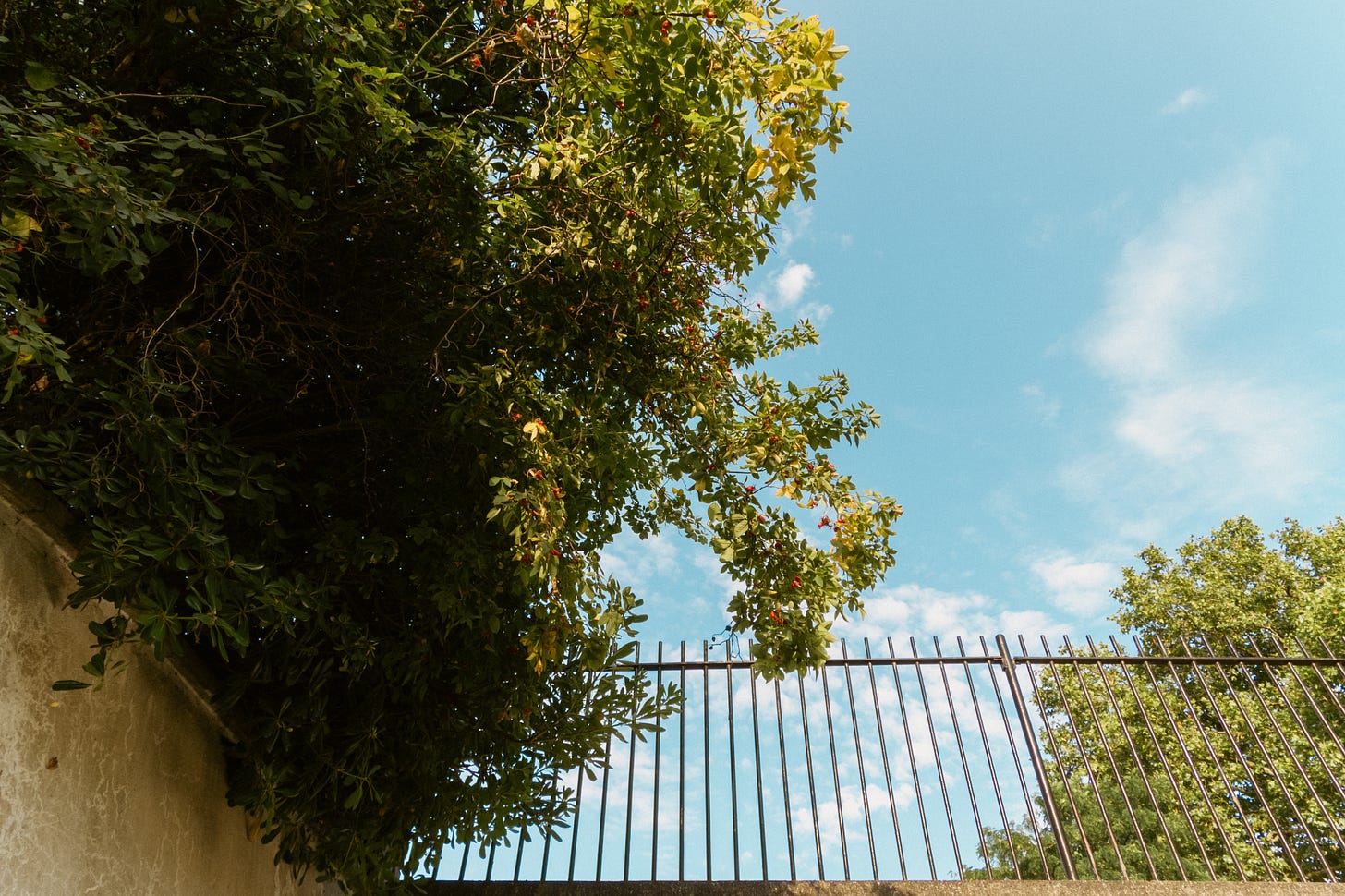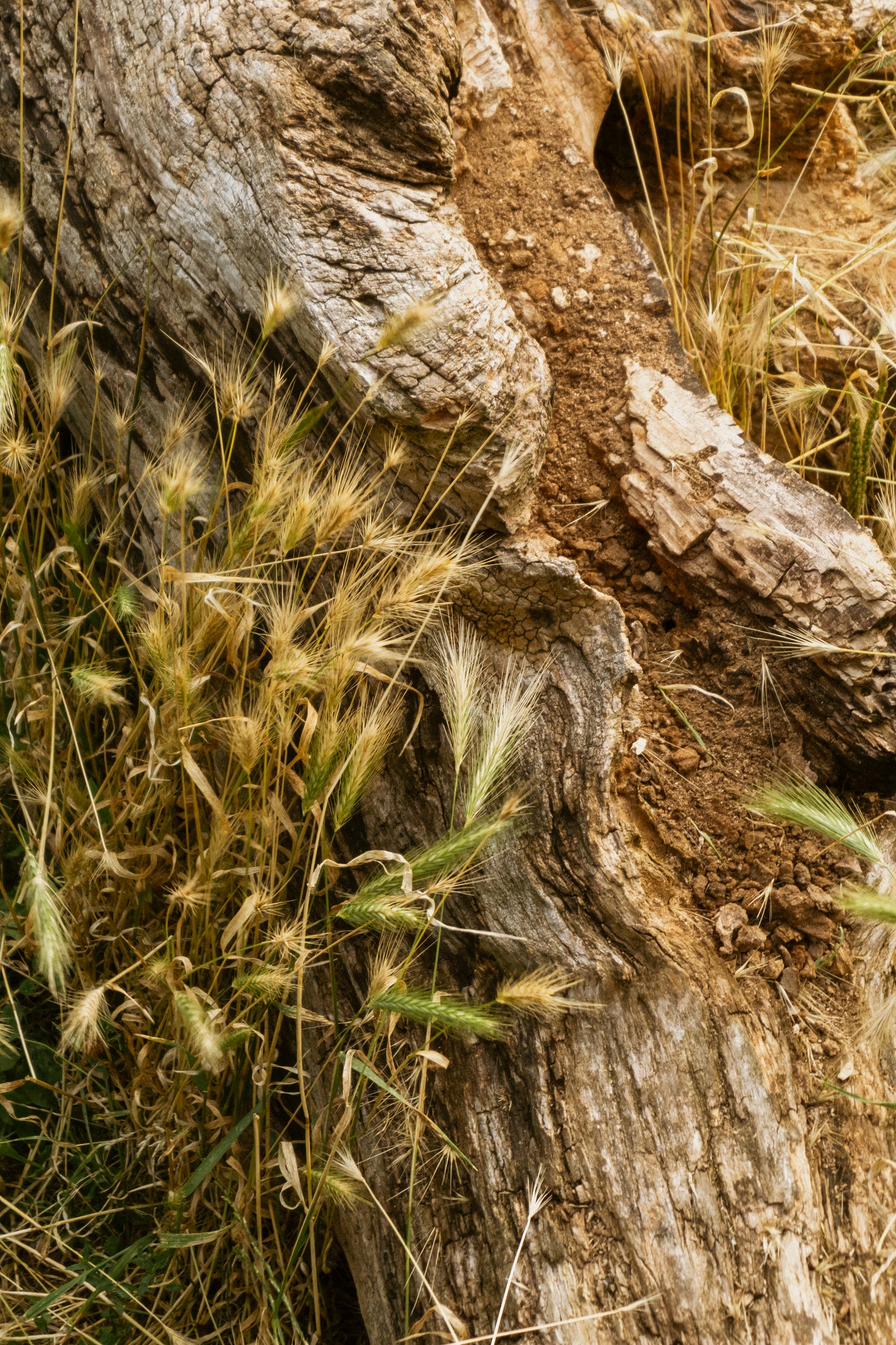I don’t know about you, but I’m an avid YouTube watcher of everything related to photography. I love seeing the creative process of people who live far from me, engaging in a sort of distant and unknown creative chat that would never happen in real life. It’s my safe space.
However, recently I stumbled upon a few comments all about new cameras with crazy amounts of megapixels and how the pictures turn out “good” because of that reason. I don’t believe that the relationship between megapixels and good pictures is creating a win-win situation, to be honest.
Everything sounds like, “My camera is better than yours,” while I think the main focus should be on how we deeply connect with the environment, subject, or assignment that we are photographing. A picture could be technically good, a “perfect” image, but if it’s missing a story, a purpose, is it really a good picture?
Let’s forget the present and jump back to the past, to the big names in photography, like Henri Cartier-Bresson, Ansel Adams, Dorothea Lange, and Saul Leiter. Yes, some of them used Leica cameras, but technology was still evolving. How do we remember these photographers? Is it for the cameras they used or for the legacy they left behind? In our society, we are pushed to always desire new stuff, to always have the latest things (I’m an aware victim of this system), to reach for perfection with new tools (that do not exist). Cameras are tools; everything else comes from us—our sensibility, our experience, our storytelling, our way of showing life through a lens. I understand the need for the best quality when doing commercial work that has specific requirements, but does it really matter in daily life, in the exploration of photography, in the journey of understanding ourselves, our tastes, and what we enjoy shooting?
I personally had an issue with my own camera (the trigger got stuck in the hot shoe, and there was NO WAY to unlock it). For over a month, I was without my digital camera, but my desire to shoot couldn’t be stopped. I only had another digital camera from 2012, a Pentax Q7. I don’t think this camera hit the European market. I got it while in Japan. It’s a tiny camera with interchangeable lenses and a 12-megapixel sensor. I don’t own any extra lenses, so I used the kit lens and went to the local park to test it. At first, I was looking at the screen thinking, “Oh my God, nothing good will come out today,” but after a while, this fear left me, and I was able to really enjoy the camera and my afternoon out. I wanted to collect memories of summer, to capture the warm colours of the grass and the contrast between nature and the architecture around me. By the end of the day, I was very satisfied.
This personal experience got me thinking about this topic (which I also discussed in a video here) and how much I personally don’t allow myself to experiment more with less. This makes me think especially of young people who want to start in the industry, who could be overwhelmed by the gear choices on the market, while (again) the main focus should be: What kind of story do you want to tell with your pictures?
In the end, it’s not about the megapixels or the brand of your camera. It’s about the vision you bring to life through your lens. The tools we use can certainly enhance our work, but they should never define it. As photographers, our greatest asset is our ability to see the world uniquely and tell stories that resonate. So, let’s not be blinded by the allure of technology. Instead, let’s focus on developing our creative voice and letting that guide our work. The rest, as they say, will follow naturally.
You can watch my latest video on Youtube about this topic as well, with more pictures and relaxing strolling video in a London park during summer.







